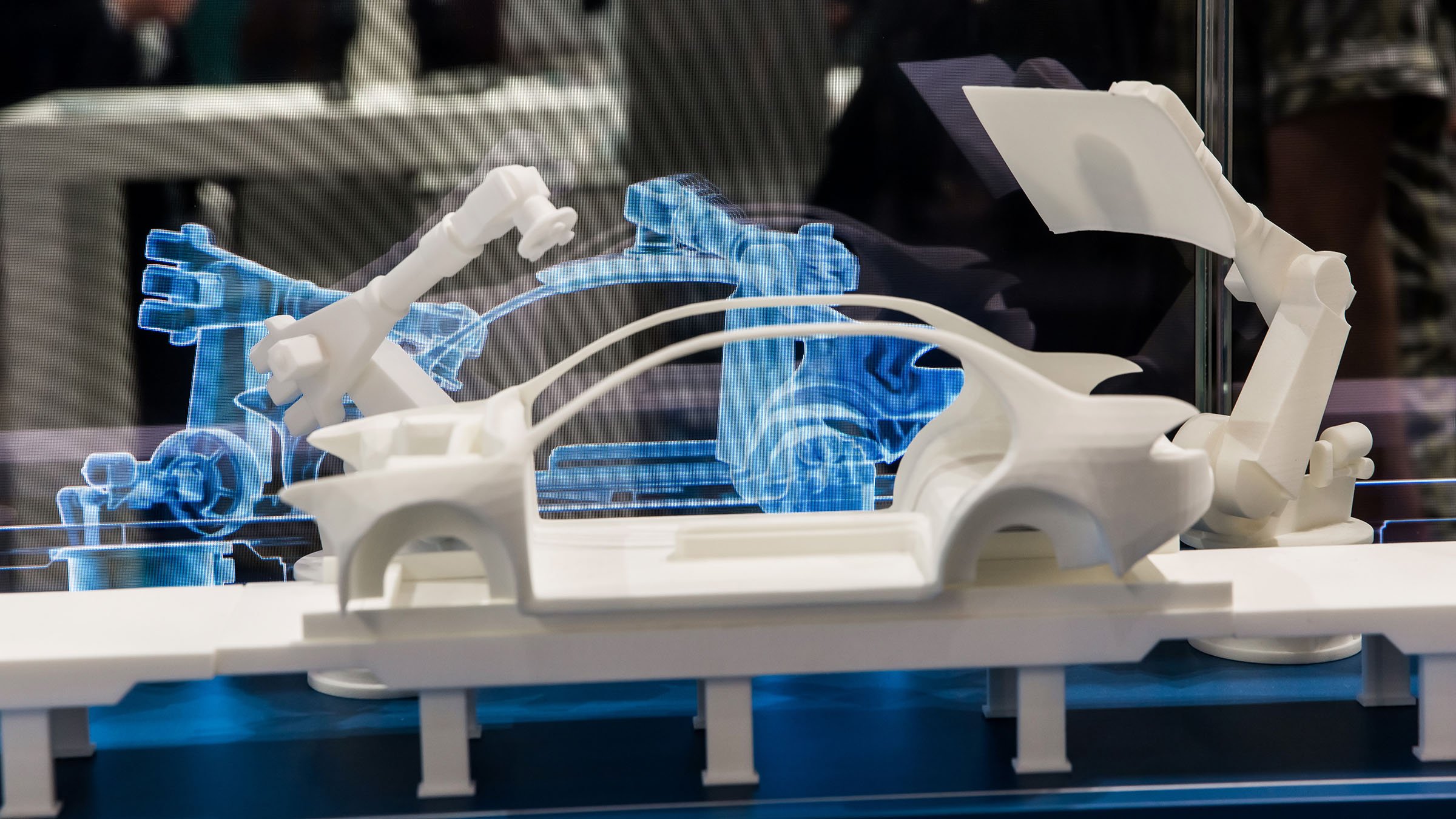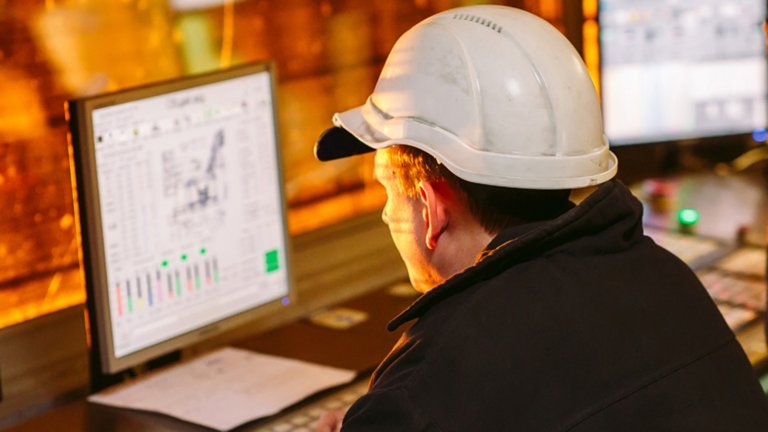By John Pritchard, digital engineering business lead, and Leo Kilfoy, director of SaaS and digital design at Rockwell Automation
“Digital twin” wasn’t in anyone’s vocabulary when engineers in NASA’s Apollo program used the first “living model” to investigate the Apollo 13 oxygen tank explosion in the 1960s. However, fast forward to today, and digital twins are engrained in manufacturers’ conversations as they plan and implement digital transformation initiatives.
In short, a digital twin is a living digital replica of a physical object or system. And it’s redefining what’s possible in manufacturing. With a digital twin of a machine, for example, you can:
- Optimize the machine’s design and refine its performance before you order parts or cut steel.
- Test and debug the machine’s controls well before you connect the physical controller and machine at a customer’s site.
- Reimagine training, maintenance and other activities by bringing them into a virtual reality (VR) or augmented reality (AR) environment.
Despite the high level of interest in digital twins, a lot of confusion remains about what a digital twin is and how to use it. By understanding it and the technology driving it, you can make sure you’re investing in the right tools for your applications and using them efficiently to improve design processes, machines and manufacturing operations.
Digital Twin Explained
A digital twin isn’t a static digital model. It changes over time just like its physical counterpart, based on factors such as operating and environmental conditions.
A digital twin can also learn. Using historical operating data, it can predict the health and performance of its physical counterpart over time.
There are two types of digital twins: physics-based and data-driven.


